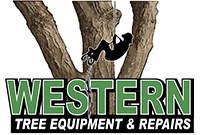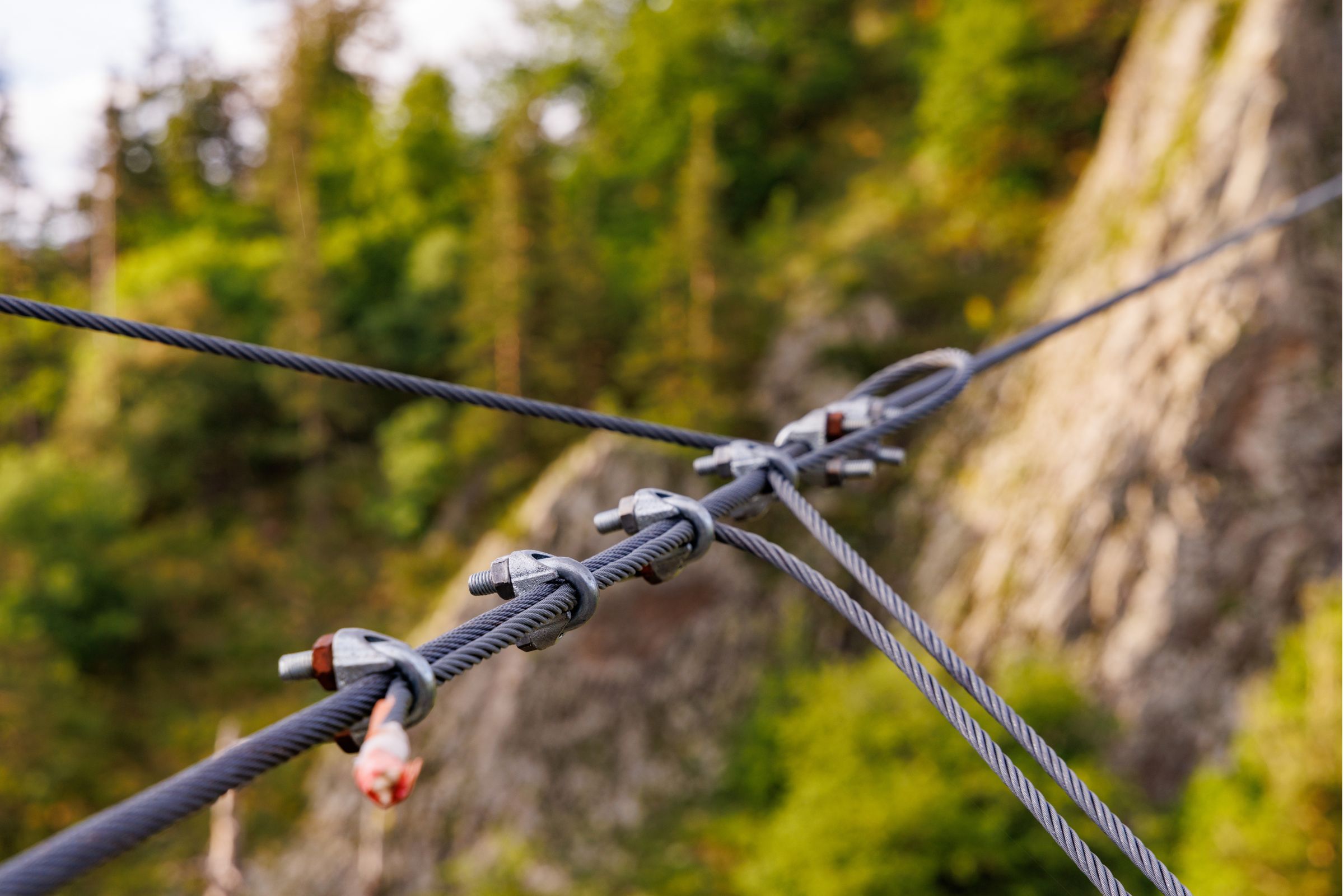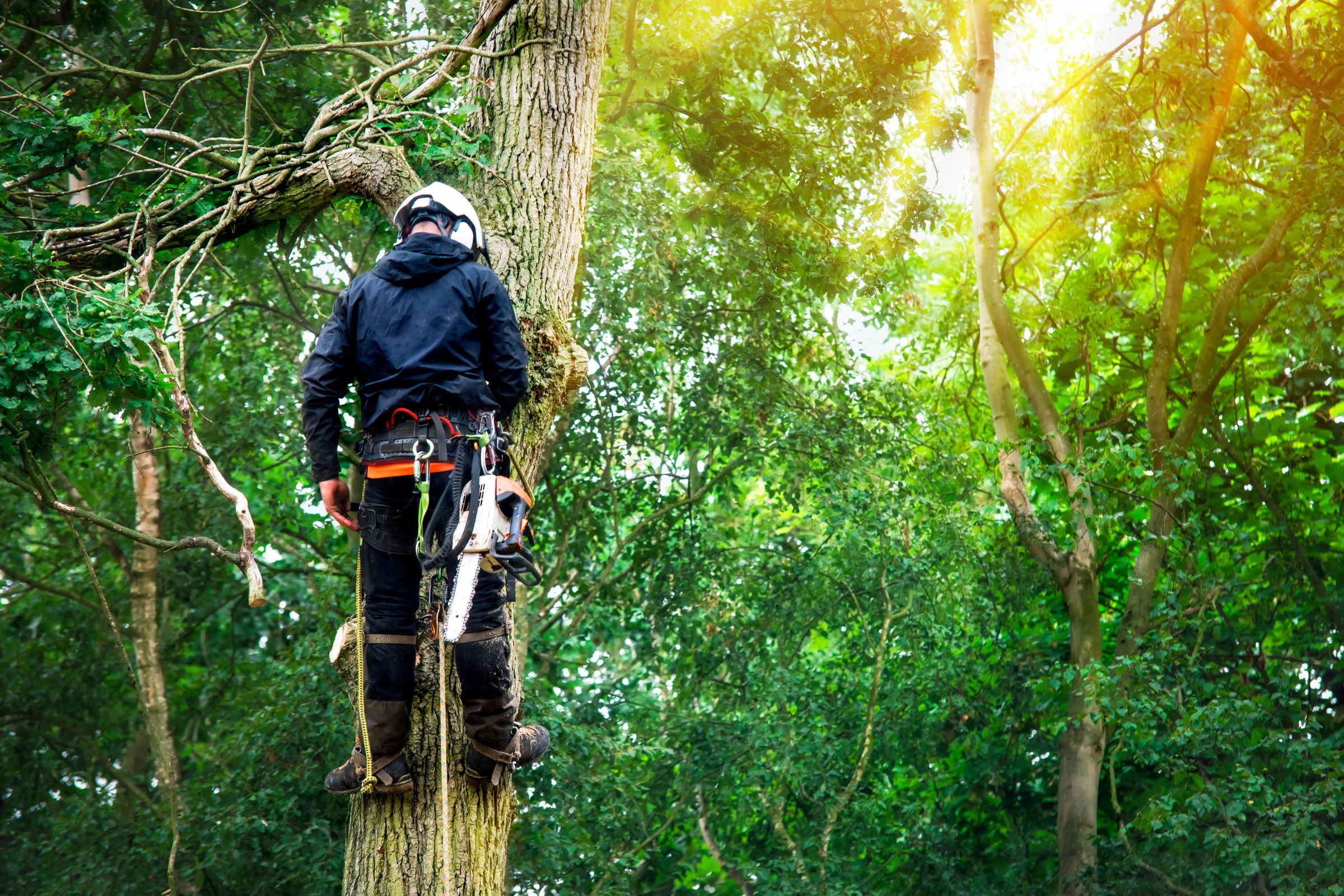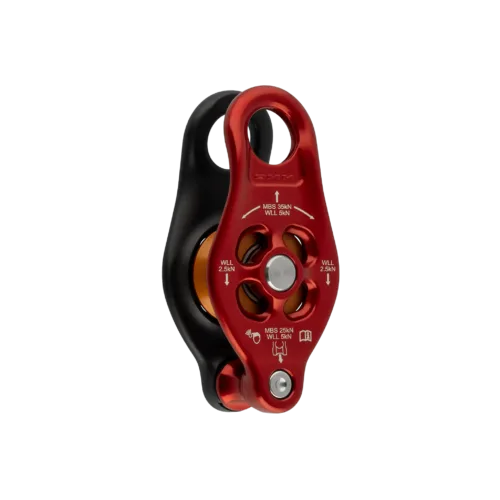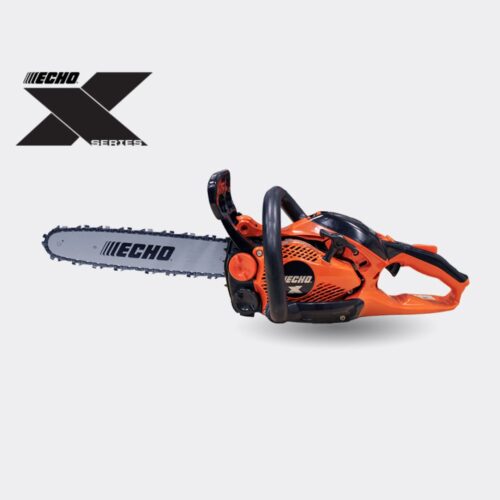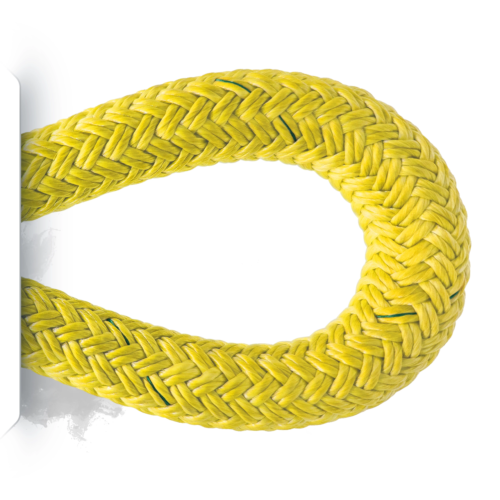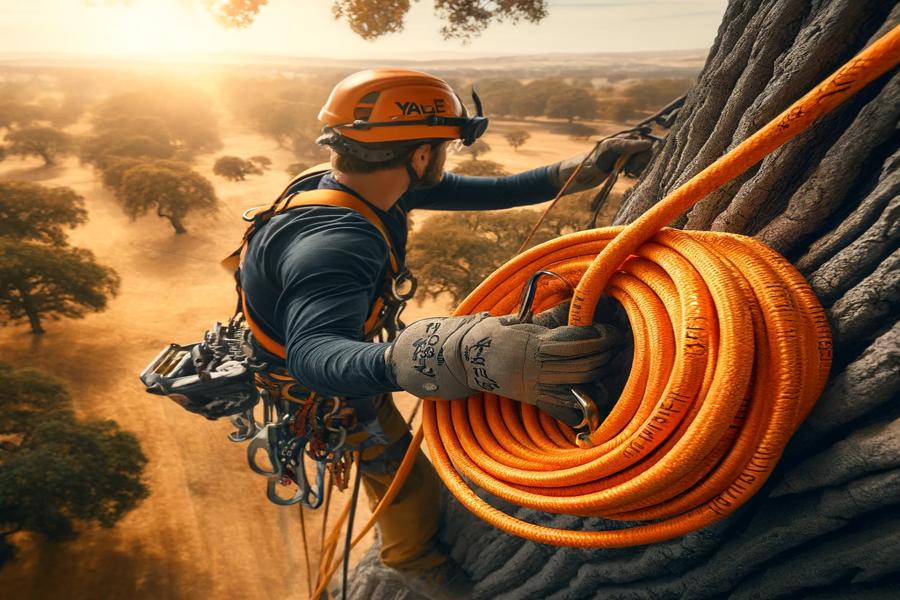
When it comes to climbing trees, using the right rope is essential for safety and efficiency. Unlike ropes intended for rock climbing or caving, arborist ropes are specifically designed to meet the unique demands of tree climbing. At Western Tree Equipment and Repairs, we offer a wide range of high-quality arborist ropes available for purchase on our online store. Here’s everything you need to know about choosing the right arborist rope.
Why Arborist Ropes?
Specialized Design
Arborist ropes are designed to handle the specific challenges of tree climbing. Rock climbing ropes, known as dynamic ropes, are stretchy to absorb the impact of falls, while caving ropes are stiff and not suited for arborist knots. Arborist ropes, however, are static, meaning they have minimal stretch, which is crucial for maintaining control and efficiency while climbing.
Key Characteristics of Arborist Ropes
Color
Tree climbing ropes come in various colors, catering to both personal preference and practical needs:
- Bright Colors: Easy to see in the tree, making it safer for professional climbers as ground workers can avoid accidentally cutting or feeding the rope into machinery.
- Earth Tones: Ideal for recreational climbers who prefer a more natural look and want to blend into the environment.
One popular option is the All Gear 7/16″ Cherry Bomb™ 24-Strand Polyester Climbing Rope, a bright orange rope that stands out in the tree, enhancing visibility and safety.
Size
Arborist ropes range from 10mm to 13mm in diameter:
- 13mm (1/2 inch): Easier to grip, ideal for beginners, but heavier.
- 10mm to 11.6mm: Lighter and more suited for experienced climbers using mechanical ascending devices. These ropes require latex-coated gloves for better grip due to their tighter weave.
A common choice for beginners is the Yale XTC 24 Blue Moon 11.7mm Climbing Rope, known for its reliability and ease of use.
Construction
Arborist ropes are constructed using braided or kernmantle weaves, with at least 16-strand construction preferred. Avoid ropes with twist construction, as they cause spinning. The Blue Moon Rope by Yale is highly recommended for its flexibility and ability to hold knots well.
Sheath
Tree climbing creates significant friction, so arborist ropes feature a special outer layer to resist heat and friction, preventing the rope from becoming stiff and crusty.
Elasticity
Arborist ropes are static, minimizing stretch to reduce bouncing and energy expenditure while climbing. This static quality distinguishes them from dynamic rock climbing ropes.
Rope Ends
Spliced ends are a valuable feature for advanced climbing techniques. There are three main types of spliced ends:
- Standard Splice: Large loop, easy to tie off.
- Tight-Eye Splice: Compact and preferred by many climbers for its streamlined design.
- Sewed Loop: Less expensive, functions well but not as streamlined.
Choosing the Right Rope Length
The length of your rope should be double the height of the tree you plan to climb. For general purposes, a 150-foot rope is standard, but if you anticipate climbing taller trees, consider a 200-foot rope for future use.
Rope Maintenance and Inspection
Lifespan
With proper care, arborist ropes can last for years in recreational use. For professional daily use, it’s recommended to replace the rope annually. Always cut and discard old ropes to prevent reuse.
Inspection
Your rope is your lifeline. Regularly inspect it visually and by touch before, during, and after each climb. If you find any damage, cut the rope immediately to avoid accidents.
Buy Arborist Ropes Online At Western Tree Equipment & Repairs
Choosing the right arborist rope is crucial for safety and performance in tree climbing. At Western Tree Equipment and Repairs, we provide a variety of high-quality ropes to suit every climber’s needs. Visit our online store to browse our selection and find the perfect rope for your next climb. Stay safe and climb on!
